Only two names dominate the entire market when it comes to building a strong business network; these two names that pop up instantly are: TP-Link Omada vs Ubiquiti UniFi. Both of them are from platforms well known for their optimum delivery, reliability, expandability, and very cost-effective WiFi solutions, but which one of them is truly the best enterprise WiFi solution?
In this blog post, we will break down the major differences between the two, covering performance, pricing, dependability, and overall ease of use. By the end of it, you’ll know which solution better fits your business.
Why Compare TP-Link Omada and Ubiquiti UniFi?
Businesses can’t afford the risk that comes with weak connectivity. Whether you’re managing a small office, a growing startup, or a large corporate environment, choosing the perfect Wi-Fi system can directly impact your productivity and security in a positive way.
Both the UniFi and Omada are made with a specific design, mainly with a focus on enterprises in mind, offering a centralized management system, access point for adaptability that is needed in the future, and advanced features like VLAN support, guest network, and cloud control. If you’re looking for reliable business networking solutions, selecting the right platform is the first step toward building a secure and scalable IT environment.
Feature Comparison at a Glance
Here’s a quick table comparing the two platforms, Ubiquiti UniFi vs TP-Link Omada:
| Feature | TP-Link Omada | Ubiquiti UniFi |
| Management | Omada Cloud Controller (hardware/software/cloud-based options) | UniFi Controller (cloud key, software, or UniFi Dream Machine) |
| Performance | Consistent speeds with Wi-Fi 6/6E models | Excellent speeds with advanced hardware (Wi-Fi 6/7) |
| Reliability | Stable connections, budget-friendly enterprise-grade | Highly reliable, widely adopted worldwide |
| Pricing | Lower overall cost, subscription-free | Competitive but higher upfront investment |
| Adaptability | Great for SMBs and enterprises | Flexible for SMBs to large campuses |
TP-Link Omada: Affordable Enterprise Wi-Fi
Well, TP-Link’s Omada system is getting famous day by day because of its balance between affordability and enterprise-level features. It offers both on-premises and cloud management options, making it flexible for different business types with IT infrastructures.
Key Strengths Include:
- Budget-friendly without cutting corners on performance.
- Easy deployment with plug-and-play access points.
- Great for small-to-medium enterprises looking to scale.
You can explore Omada’s high-performance products, like the
These models deliver fast speeds, seamless roaming, and strong security features. When it comes to TP-Link Omada vs UniFi performance, Omada holds its ground well, especially for businesses seeking cost-effectiveness without sacrificing quality.
Ubiquiti UniFi: Feature-Rich and Reliable
Ubiquiti UniFi on the other hand, is also a very famous and trusted name globally in enterprise networking. Which is known for its very elegant designs, strong firmware, and community-driven development, UniFi appeals to IT managers who want adaptability and professional-level performance.
Key Strengths Include:
- Highly reliable with robust firmware updates.
- Wide product range covering Wi-Fi, security gateways, and switches.
- Ideal for enterprises, hotels, schools, and campuses.
Some of the very powerful ones that are popular for some reason are UniFi accessories, including the
- Ubiquiti nHD Camo Cover (3-Pack)
- Ubiquiti nHD Cover Fabric (3-Pack)
- Ubiquiti nHD Cover Marble (3-Pack).
When it comes to Ubiquiti UniFi vs TP-Link Omada reliability, UniFi edges slightly ahead due to its proven track record and strong global adoption.
UniFi vs Omada Pricing Comparison
One of the most common questions asked about both platforms is their price comparison and range. One of the biggest factors in the UniFi vs Omada pricing comparison is long-term cost.
- TP-Link Omada:
Generally, more affordable. Access points and controllers are cheaper, and TP-Link does not require mandatory subscriptions for its cloud service.
- Ubiquiti UniFi:
More expensive upfront, but offers advanced hardware features and integrations. UniFi products also come with a large support community and long-term value.
If budget is your priority and you are looking for a platform that is more cost-efficient, then Omada wins. But if your business is aiming for premium adaptability, UniFi may be worth the extra investment for he long-term achievements.
Which One Should You Choose?
Preferring between TP-Link Omada vs Ubiquiti UniFi depends entirely on your business needs and goals:
- Go for TP-Link Omada if: You’re a small-to-medium business looking for cost-effective, easy-to-place, and stable Wi-Fi solutions.
- Choose Ubiquiti UniFi if: You’re an enterprise or campus environment needing highly adaptable, feature-rich, and globally trusted systems.
If you want to learn more about setting up UniFi, check out our detailed guide on How to Do a Smooth Ubiquiti UniFi Setup for Your Network.
Final Thoughts
Both TP-Link Omada and Ubiquiti UniFi stand out as leaders in the enterprise needs and demands for Wi-Fi. Omada offers unbeatable value for budget-conscious businesses, aka new setups or the beginning of business, while UniFi delivers top-tier reliability and performance.
By the end of the day, the best enterprise Wi-Fi solution is the one that balances your business’s needs, budget, and growth plans.
Ready to upgrade your business Wi-Fi? Visit Spoglink and explore our wide range of enterprise networking products today!


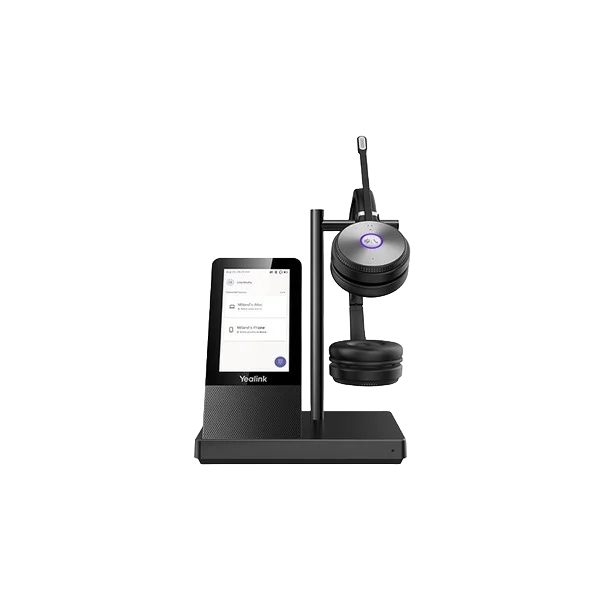
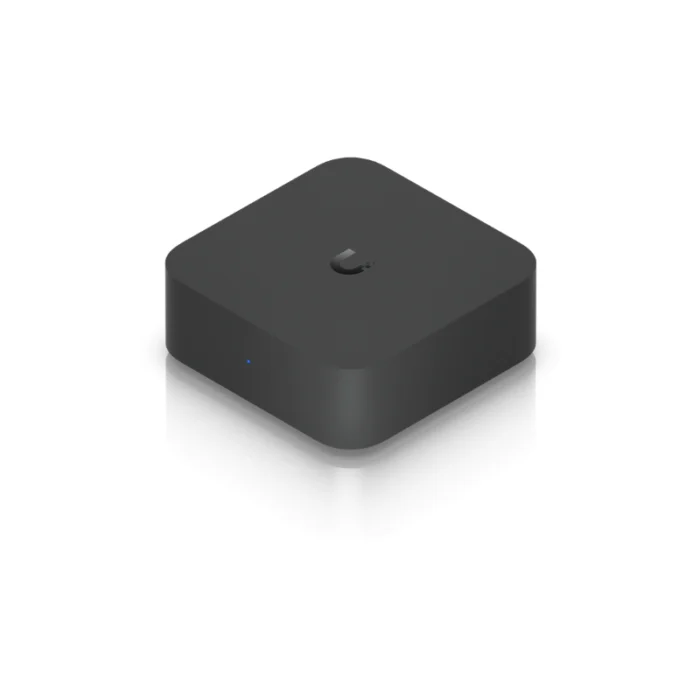
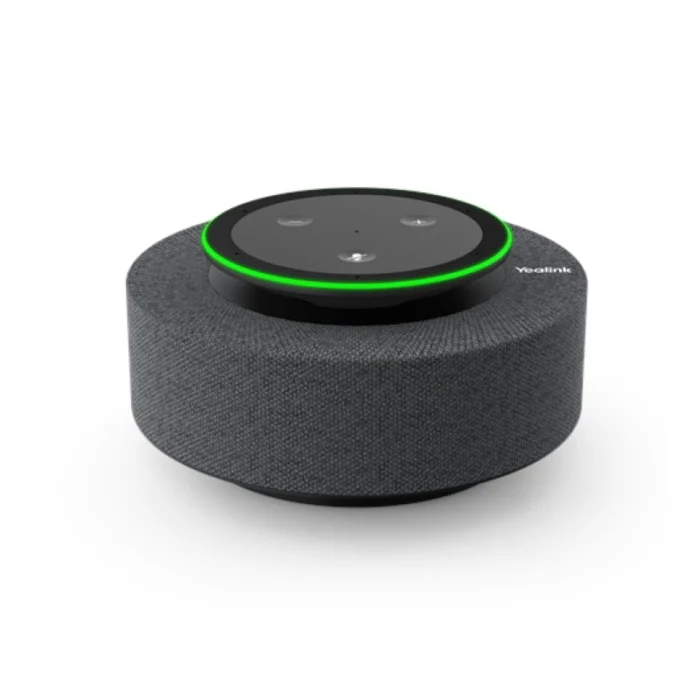










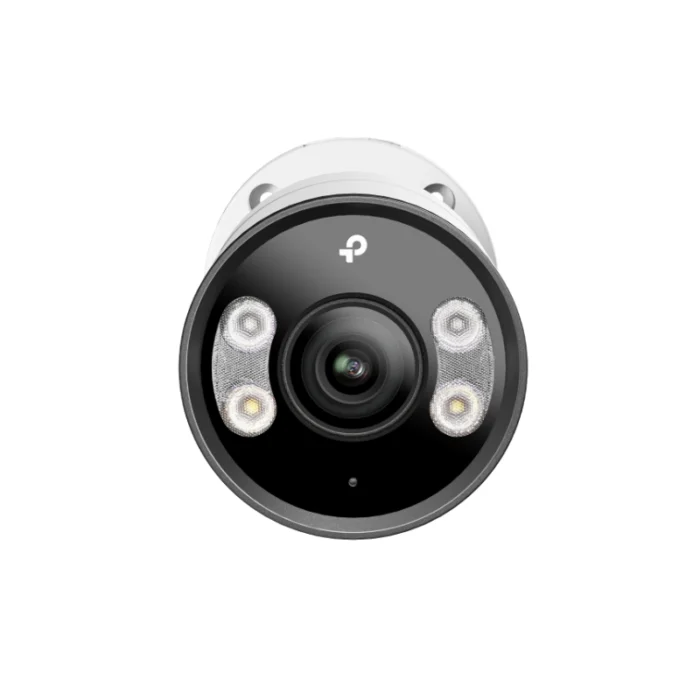 TP-Link VIGI InSight S345 4mm
TP-Link VIGI InSight S345 4mm 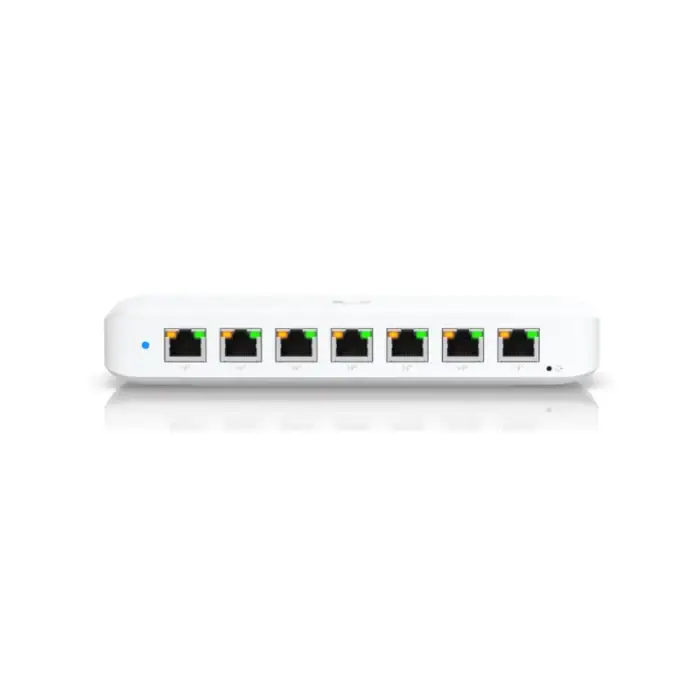 Ubiquiti Switch Ultra 60W
Ubiquiti Switch Ultra 60W  TP-Link EAP610
TP-Link EAP610 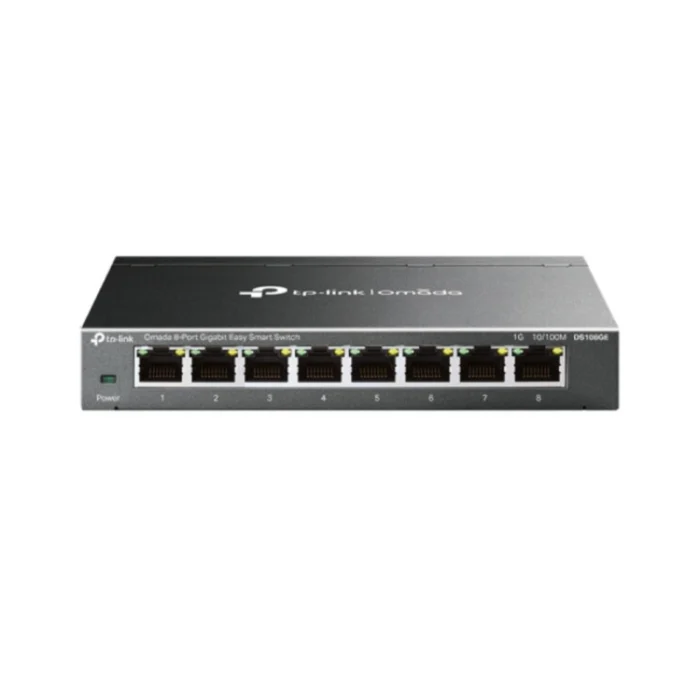 TP-Link DS108GE
TP-Link DS108GE 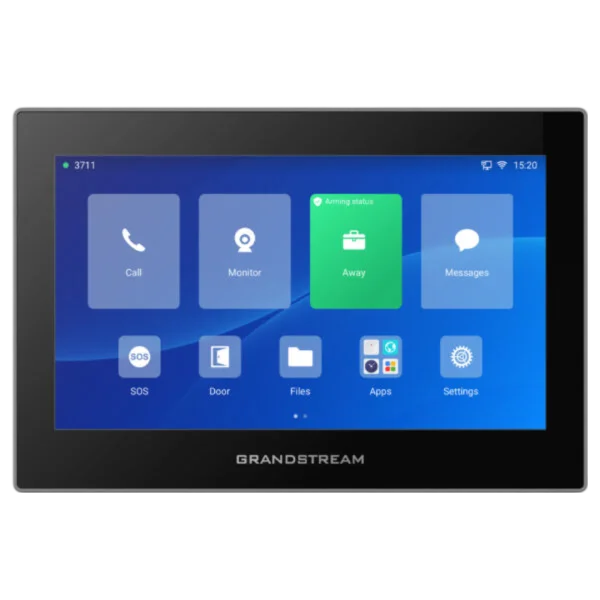 Grandstream GSC3575
Grandstream GSC3575 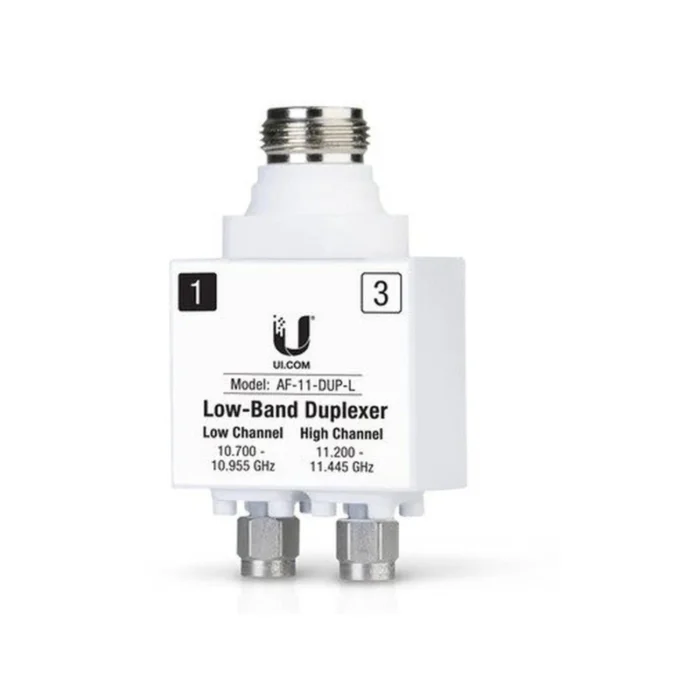 Ubiquiti AF-11 Duplexer Low Band
Ubiquiti AF-11 Duplexer Low Band 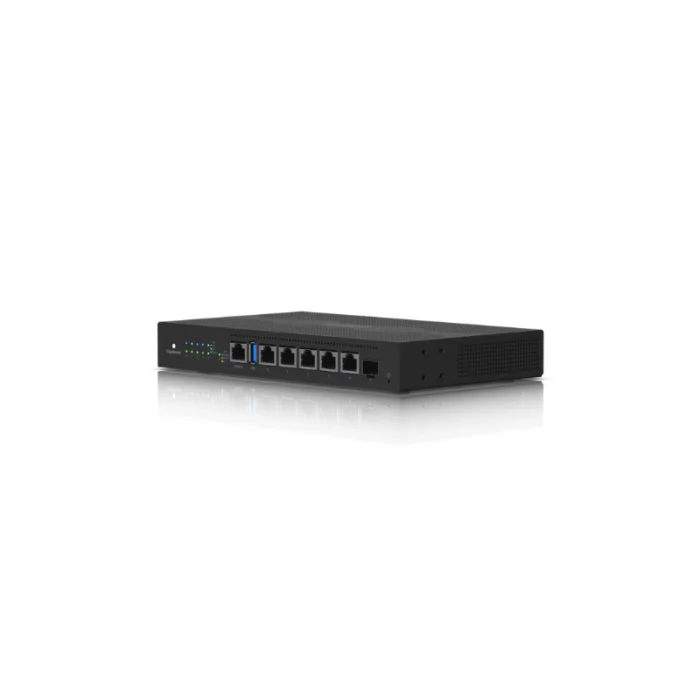 Ubiquiti ER-6P EdgeRouter 6-Port Gigabit PoE
Ubiquiti ER-6P EdgeRouter 6-Port Gigabit PoE  Snom C52-SP Expansion Speakerphone
Snom C52-SP Expansion Speakerphone  Yealink MP45 – 1301118
Yealink MP45 – 1301118